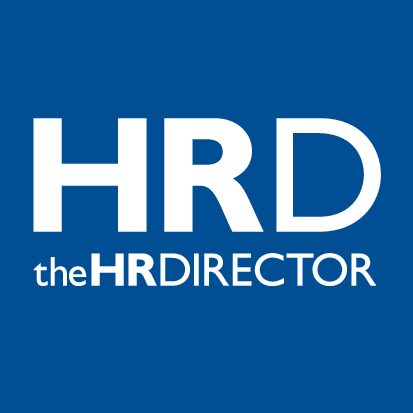A ‘closet tracker’ that beat the market by 10 percent in six months and the truth about active share. Article from Hargreaves Lansdown.
“A fund with less than 60 percent active share is a closet tracker” – this is an idea which seems to be gaining traction, with some commentators now suggesting that funds with an active share below 60 percent may have ‘swindled’ investors out of active fund management fees. Some fund groups, including Woodford Investment Management and Neptune, are now publishing the active share figure for their funds on their factsheets, so this measure is becoming more accessible to UK investors.
However while active share is one useful measure to look at when assessing a manager’s style and performance, it is dangerous to use it in isolation, particularly with an arbitrary glass ceiling at 60 percent, below which funds are discounted for being ‘closet trackers’. Below we illustrate this with a hypothetical portfolio that has 56 percent active share, yet has outperformed the FTSE by more than 10 percent over the last 6 months.
Laith Khalaf, Senior Analyst, Hargreaves Lansdown: ‘The idea that a fund with less than 60 percent active share is a closet tracker is bunkum. Active share does offer some insight into how a manager runs their fund, but it is not a hard and fast indicator of the fund’s potential for outperformance. There is a point at which the active share of a portfolio gets so low that it probably cannot perform materially differently from the index. However this figure will depend on the index in question, the period considered, and the correlations between stocks in the index. Suffice to say, for the UK market, 60 percent is very wide of the mark. There certainly are closet trackers around, and investors should look to replace these holdings with either cheaper tracker funds, or better active funds. But looking purely at active share could lead them to jettison perfectly good active funds. Indeed a more reliable and straightforward way for investors to judge if they hold a closet tracker, is simply to look at a performance chart of their fund compared to its benchmark.’
A ‘closet tracker’ that outperformed the market by over 10 percent
As an example of why a fund with less than 60 percent active share isn’t a closet tracker, here is one hypothetical portfolio which has outperformed the market by over 10 percent the last 6 months. This hypothetical fund has an active share of 56 percent compared to the FTSE 100 at inception, so under the above the definition, it would classify it as a closet tracker.
Active share 6 month return
FTSE 100 0 percent 1.8 percent
Portfolio A 56 percent 12.6 percent
We have constructed this portfolio by taking the FTSE 100 and excluding some of the sectors that have had a relatively bad 6 months, namely oil & gas, industrials, basic materials and financials. Together these excluded sectors make up 56 percent of the FTSE 100, the overall difference between Portfolio A and the benchmark, in other words, its active share. We have obviously had the benefit of hindsight in constructing this portfolio, however this illustrates clearly that it is perfectly possible to invest in a fund with less than 60 percent active share, which has the potential to significantly outperform the benchmark.
What is active share?
Active share tells us how much a fund has in common with its benchmark index. So a fund with 0 percent active share is no different from the index, it is an out-and-out tracker fund. A fund with 90 percent active share only has 10 percent in common with the benchmark index. A 60 percent active share is becoming a commonly accepted cut-off, below which a fund is supposedly a ‘closet tracker’. But if you stop to think about it for a minute, defining a closet tracker as having less than 60 percent active share doesn’t make too much sense. This approach would categorise a fund which was 50 percent invested in the FTSE, and 50 percent in cash as a ‘closet tracker’. But this fund can be expected to perform significantly differently from the index. In particular, if the index fell 30 percent, it would only drop 15 percent, outperforming the index by 15 percent. And in a real world example from the UK market, the Majedie UK Equity fund has had an active share of below 60 percent for most of the last 5 years, yet it has still beaten its benchmark by 19 percent over that period.
What affects active share?
Active share for a fund will change over time, depending on a manager’s views. Drifting down into mid and small caps will lead to a higher active share, and similarly taking a more defensive view by holding the big blue chips will increase active share. Similarly some managers may take big sector bets (for instance Portfolio A), which means they may hold a high proportion of the index apart from certain sectors, giving them a low active share but still the potential for very different performance. Even the authors of the original academic paper from which the 60 percent active share figure is drawn acknowledged that active share needs to be considered alongside other measures when assessing funds comprehensively.






